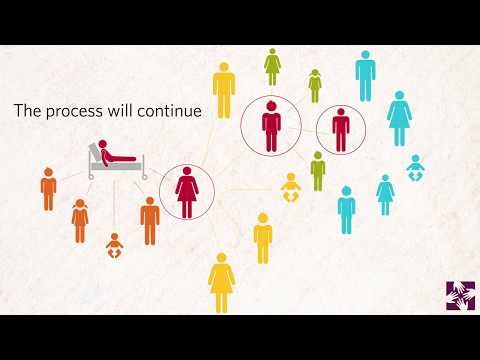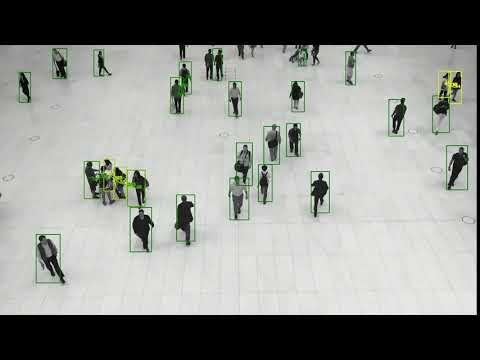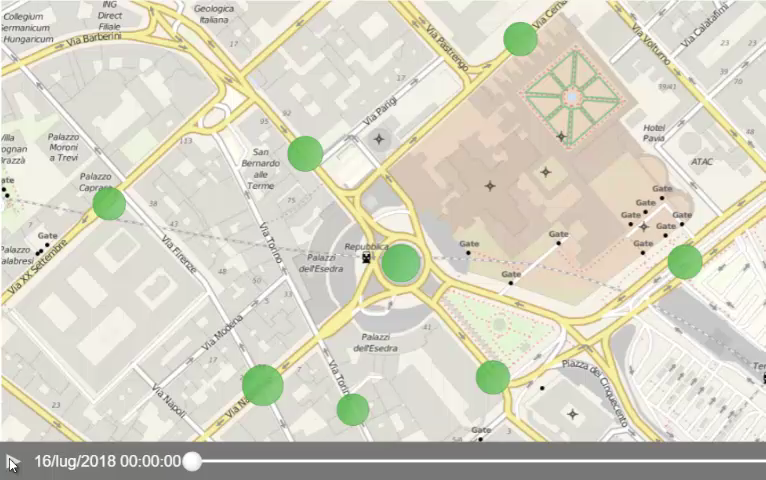Physical distancing is here for a while, and digitalisation is now a fact of life. That may sound frightening. After all, it’s not so long ago that many eminent thinkers were warning us that artificial intelligence (AI) and robots posed a real danger to life and work. However, as AI has become more widely used, it has also become clear that it has potential to do real good in the world.
Now, as never before, we are experiencing a series of ongoing shocks and changes. Some of these have been very gradual, such as our move towards online purchasing. But others – like the pandemic itself – are a lot more sudden. We can summarise this type of environment as volatile, uncertain, complex and ambiguous, or VUCA.
Statistics, probability and AI
You may be wondering what AI has to do with all this. AI is grounded, amongst a number of other things, in the concepts of statistics and probability. In statistics, a subject that is very close to my heart, the only true certainty is uncertainty. In a world of continuous change, like our current world, there is not a single event, or a single instant, which has a 100% or 0% probability of happening. We need an approach based on scientific evidence and data, but not certainty – and it is ideal to use algorithms based on probability.
Let's start with contact tracing. The concept of contact tracing is not new. It is a fundamental approach to prevent and limit the spread of a disease. It is based on analysing the contacts of someone who is ill. The work of contact tracers has until relatively recently been largely manual, as this video from 2014 well explains:
It also relied on recall, which is not the most reliable approach. Now, however, tools for visual analysis of the relationships between groups and individuals can simplify the search for incorrect or missing data, and provide immediate alerts to tracers.
AI for contact tracing
The laws of individual countries regulate and manage contact tracing. However, privacy laws generally allow the use of data for this purpose during public health emergencies. The work of contact tracers can also be enhanced by the use of apps that provide indications of population movements, using information from smartphones. AI can also help contact tracers find big gatherings of people and potentially dangerous situations, as Michael Gorkow explains in his work.
Natural language processing is another branch of AI that we can use to good effect. It deals with the analysis, interpretation, and understanding of written and spoken language. It is, for example, possible to use it to search and analyse the scientific literature on COVID-19 and generate insights. Organisations are also using modelling to look at the pandemic, including SAS.
Building sustainability
AI has uses far beyond coronavirus, however, and luckily so! It even has the potential to help us make the world more sustainable. I think the stories of agricultural analytics and the IIASA are two striking examples. In the first, more effective use of technology is making food production more efficient across the supply chain. Applications include data collection through sensors, the use of machine learning to identify similar or distinct characteristics in production, and forecasting techniques for more efficient supply and ensuring adequate market demand. In the second, an organisation is using computer vision techniques to analyse satellite data from the Amazon and improve the search for areas at risk of deforestation.
Closer to home, one of my colleagues from Rome, Francesco Middei, used a camera from our office in Piazza Della Repubblica to monitor the traffic and create a computer vision model to provide useful information on traffic in the area.
Not the big bad wolf
It should by now be clear that we need not be scared of AI. It has huge potential to help us understand and manage our world, and especially to get value from the enormous amount of data that we now generate.
And this opens up yet another key topic for AI and the technology behind it. And that is to ensure that AI has FATE – meaning it’s fair, accountable, trustworthy and ethical. But this is a topic for another article 😊
If you are interested in hearing more, you might like to join our Virtual Fridays series, where colleagues and experts talk about how to use AI and analytics to explore new opportunities in the “new never-normal.”



